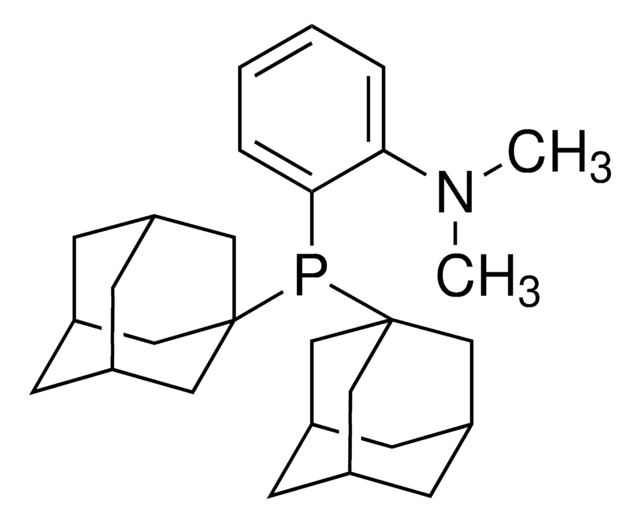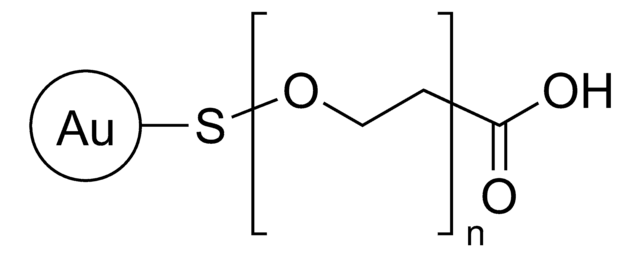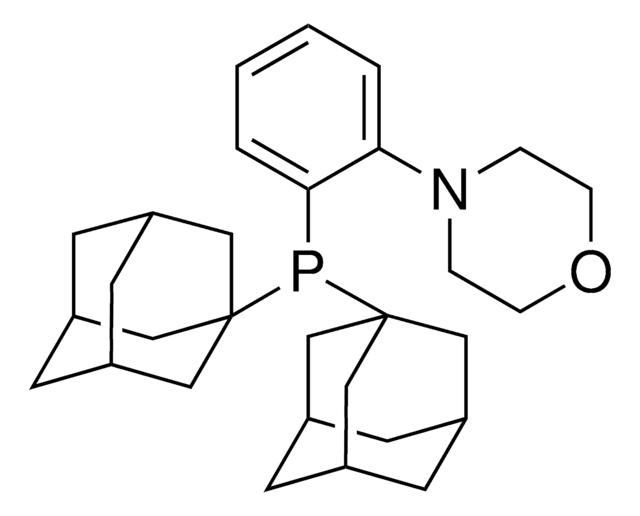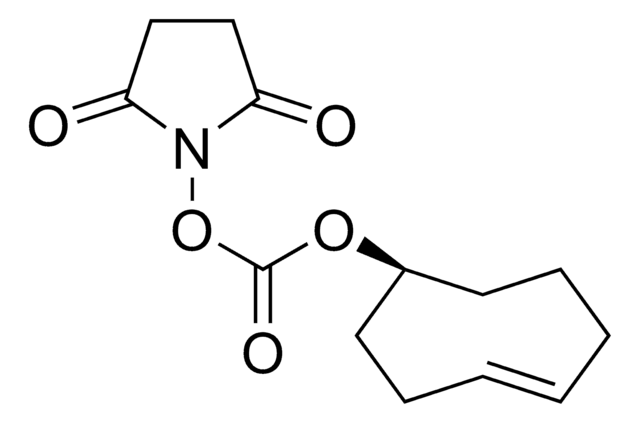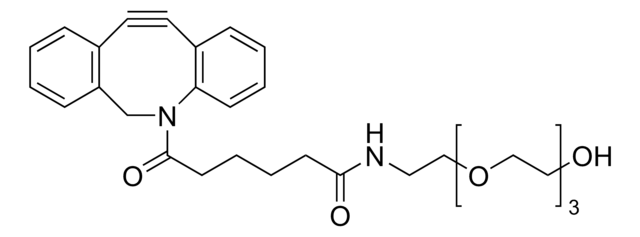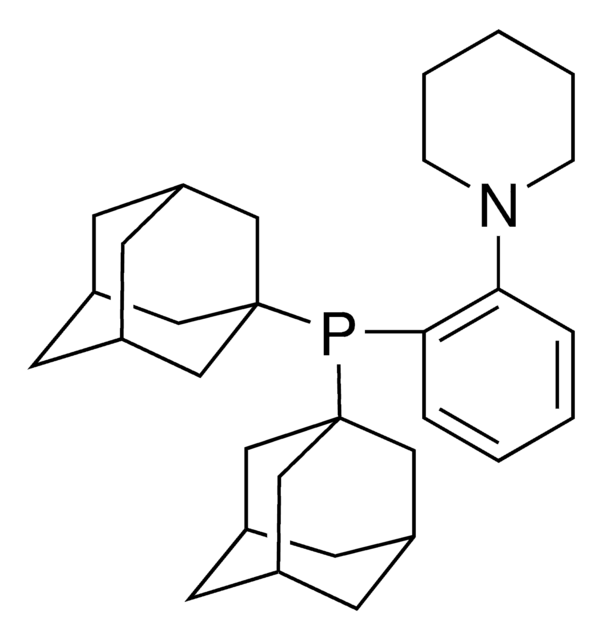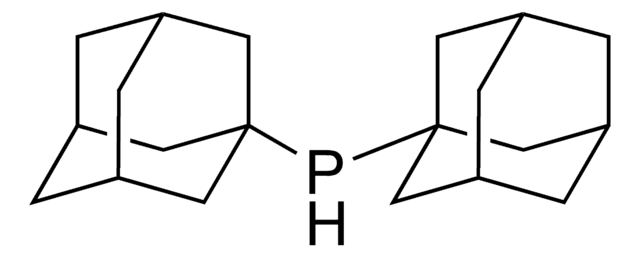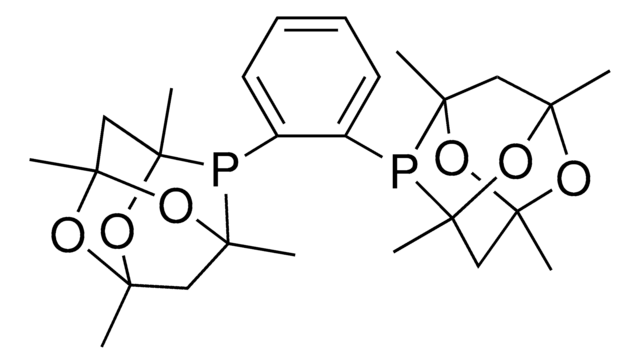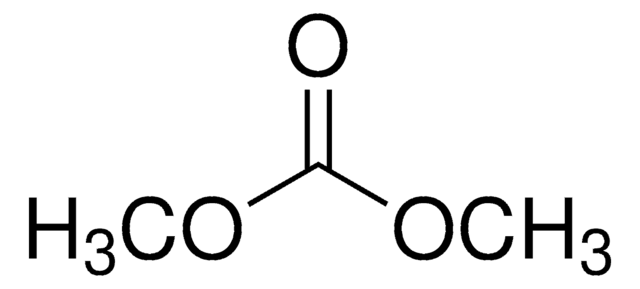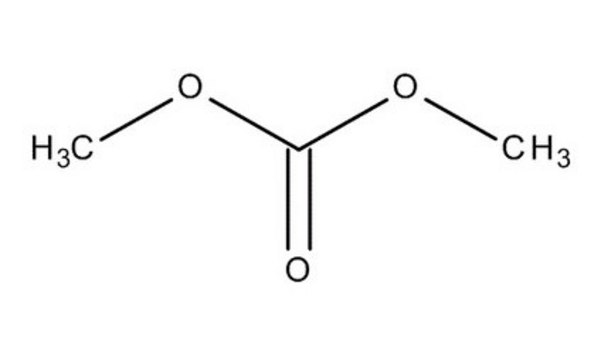Key Documents
Safety Information
765376
Gold nanoparticles
30 nm diameter, amine functionalized, PEG 5000 coated, OD 50, dispersion in H2O
Synonym(s):
Gold nanoparticles NH2 functionalized, Au NP NH2, Gold Colloid
Select a Size
Select a Size
About This Item
Recommended Products
material
PEG 5000
Quality Level
form
dispersion in H2O
nanoparticles
packaging
poly bottle of 1 mL
OD
50
diameter
30 nm
pH
6.0-8.0 (25 °C)
solubility
water: miscible
density
1.00 g/cm3
λmax
525 nm
Looking for similar products? Visit Product Comparison Guide
1 of 4
This Item | D152927 | 803525 | 13259 |
|---|---|---|---|
| Quality Level 100 | Quality Level 200 | Quality Level 200 | Quality Level 100 |
| grade battery grade | grade - | grade - | grade analytical standard |
| form liquid | form liquid | form liquid | form - |
| application(s) battery manufacturing | application(s) - | application(s) - | application(s) environmental |
| impurities ≤10 ppm H2O, ≤10 ppm acid | impurities - | impurities - | impurities ≤0.02% water |
| assay ≥99.9% | assay 99% | assay ≥99.0% (GC) | assay ≥99.0% (GC) |
General description
Application
- Since they adhere to cell membranes, AuNPs are used in cellular and intracellular targeting in targeted drug delivery applications and can also be used in biodistribution studies
- AuNPs may also be used in photothermal therapy and radiotherapy.
- Proposed applications of gold nanoparticles are as:drug delivery agents for cancer therapy, coatings, plastics, nanowire, nanofiber, textiles, catalyst applications.
- They may also be used in carrying siRNA which acts against human prostate carcinoma cells by inhibiting a specific cancer gene.[5][4]
Features and Benefits
- A Negatively charged siRNA-PEG complex attached to positively charged GNPs is easily cleavable in reductive cytosolic environment thus enabling the release of siRNA into cytosol.[5][4]
- The PEG coating decreases the cytotoxicity and increases efficiency of GNPs. PEG increases the stability of the nanoparticles and prevents agglomeration.[1]
Storage Class Code
12 - Non Combustible Liquids
WGK
WGK 2
Flash Point(F)
Not applicable
Flash Point(C)
Not applicable
Regulatory Information
Choose from one of the most recent versions:
Certificates of Analysis (COA)
Don't see the Right Version?
If you require a particular version, you can look up a specific certificate by the Lot or Batch number.
Already Own This Product?
Find documentation for the products that you have recently purchased in the Document Library.
Articles
The recent emergence of a number of highly functional nanomaterials has enabled new approaches to the understanding, diagnosis, and treatment of cancer.
Biomaterials science integrates smart materials into biological research, requiring a deep understanding of biological systems.
Our team of scientists has experience in all areas of research including Life Science, Material Science, Chemical Synthesis, Chromatography, Analytical and many others.
Contact Technical Service